We may earn money or products from the companies mentioned in this post. This means if you click on the link and purchase the item, I will receive a small commission at no extra cost to you ... you're just helping re-supply our family's travel fund.
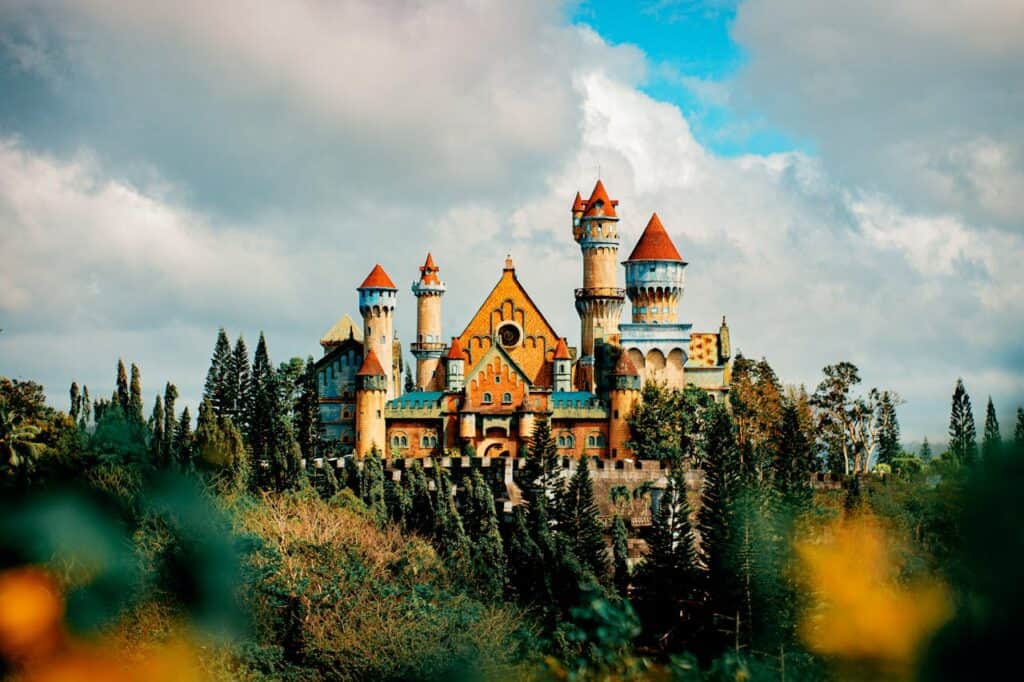
Joy fades slowly from places built for delight. When parks close, coasters rust into skeletal lines and paint dries to chalk, but echoes linger in midway signs and silent lagoons. Some sites are fenced and fragile, others half redeveloped, all loaded with memory. Distance and respect keep both stories and neighbors safe. What this really means is simple. Curiosity pairs best with caution. These ten parks show how spectacle ages as wind and weather fold old noise back into quiet.
Six Flags New Orleans, United States
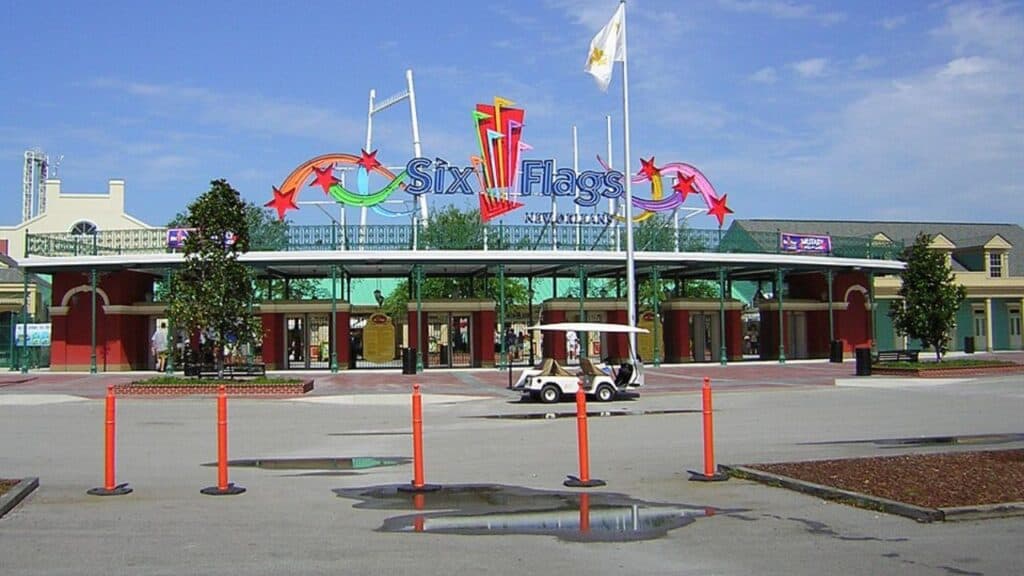
Storm surge shut the gates in 2005 and never returned the keys. Tracks buckle in swamp heat, murals bleach, and cattails push through concrete while the skyline of rides keeps watch above a chain link seam. The grounds remain sealed behind patrols and posted lines, yet the silhouette still flashes past along I-10 like a postcard from another decade. From lawful vantage points, the lesson lands clean: water and time win, and steel learns to bow while herons reclaim the shallows.
Pripyat Amusement Park, Ukraine
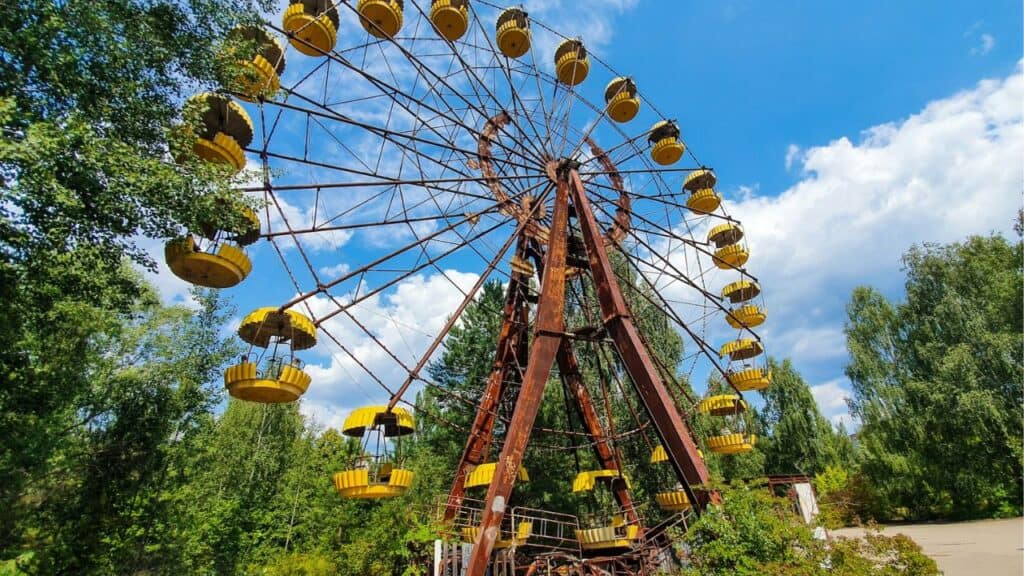
Built for May Day 1986 and never truly opened, the yellow wheel and dodgems stand as shorthand for a larger disaster. Ferris spokes hold dust and birch seedlings, bumper cars settle into leaf litter, and silence does the heavy lifting. Access is restricted and complicated by conflict; distance is mandatory. Seen from approved outlooks or documentary frames, the site reads as a caution, where bright paint once promised easy afternoons and the calendar shifted overnight.
Spreepark, Germany
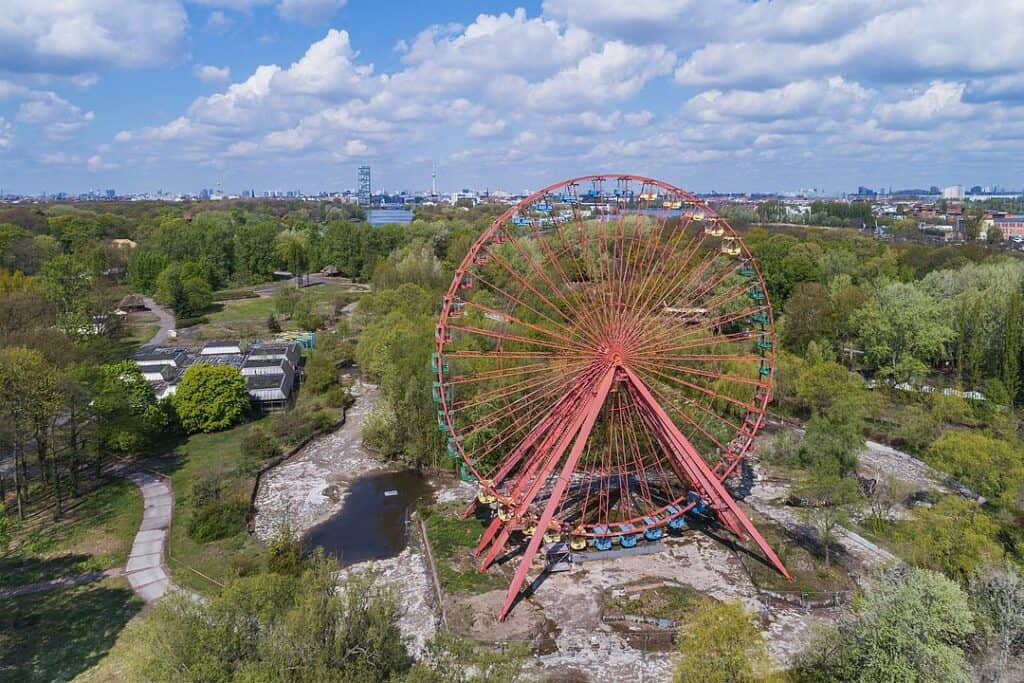
On Berlin’s edge, swan boats idle in reeds and a dragon coaster snakes through nettles while the big wheel marks time against moving clouds. The park closed in 2002; cautious redevelopment and guided tours now replace folklore with maintenance and measured access. Fences protect old footings and habitats reclaim the rest. From paths and viewpoints, spectacle shrinks into scenery and then into memory, a sequence of plan, rise, overshoot, pause, and a quieter second life.
Taman Festival Bali, Indonesia
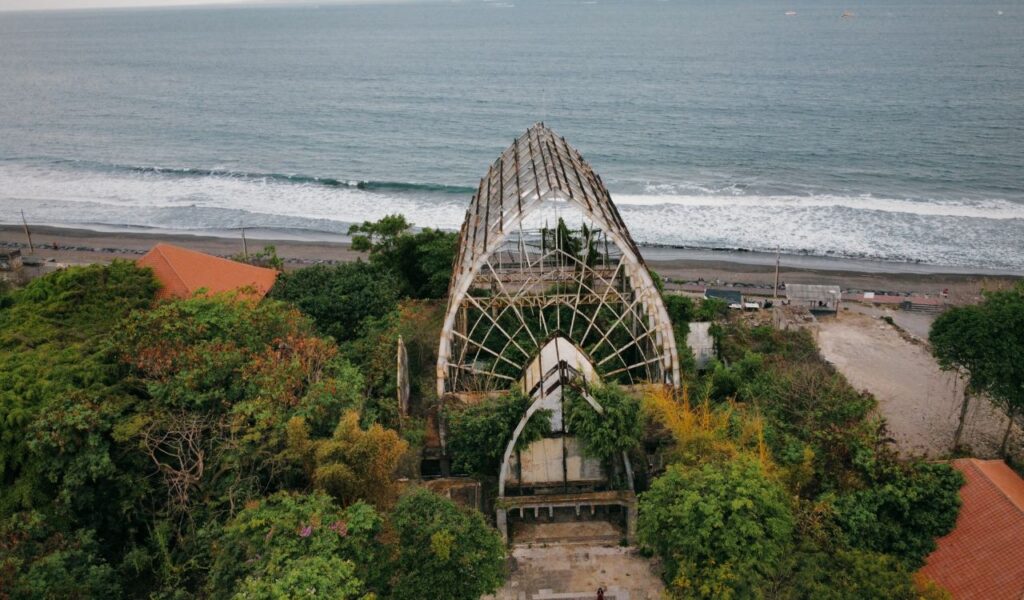
Near Sanur, a concrete dragon faces the sea with a grin worn thin by salt, while empty cinemas and food courts take on jungle at the seams. Opened in the late 1990s and closed soon after, the site became a canvas for vines, painters, and rumor. Ownership stays sensitive; rules shift, and caution rules. From the road and beach approaches, the message is steady: tropical weather wastes no time, and architecture is only a suggestion once roots find a way in.
Camelot Theme Park, England
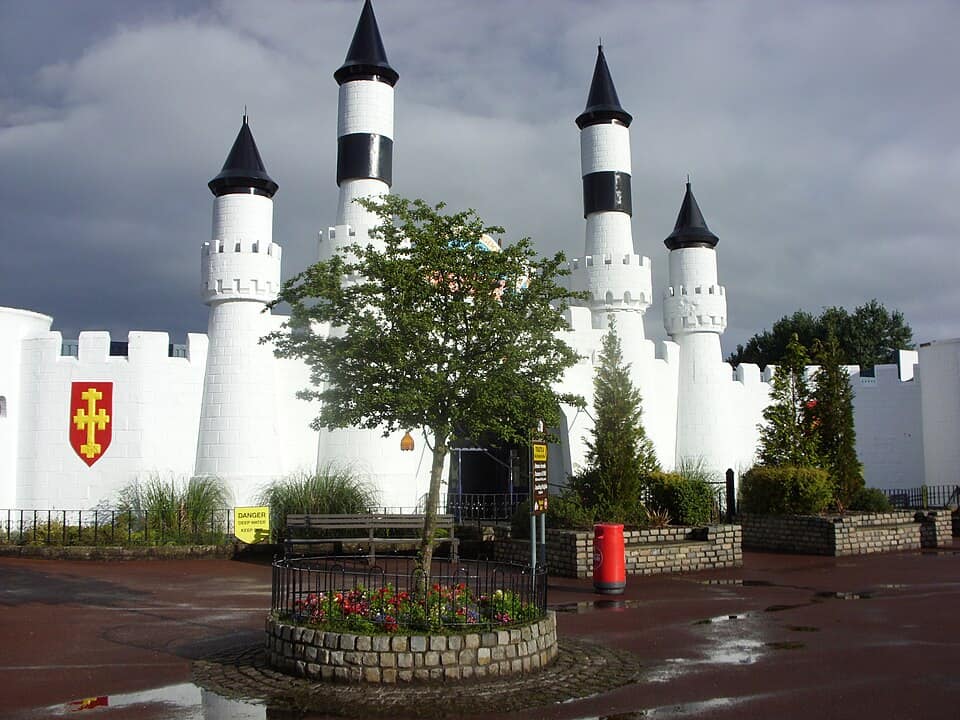
Chivalry met real estate cycles north of Manchester, and the gate finally fell in 2012. Stages and facades spent years fading to gray before film crews and seasonal events gave the grounds a second act. Demolition and reuse continue, with banks of earth and fragments of track telling the story more clearly than any marquee. Public rights of way skirt the perimeter and offer context. Even at distance, the proportions still charm while thistles and scaffolds share the frame.
Discovery Island, United States
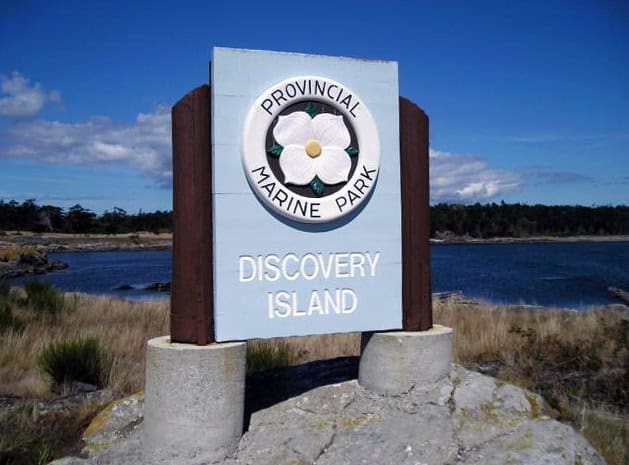
A small wildlife attraction on Bay Lake closed in 1999 and never reopened, its boardwalks now a tangle of shade and birdsong. Strict patrols, cameras, and posted lines keep visitors off the water and far from the docks. From passenger boats or distant shores, the island reads like a study in retreat, a place where formal paths surrendered to mangrove logic. The feeling lands quietly: good intentions age, and sometimes the kindest outcome is a steady fade into canopy.
Ho Thuy Tien Water Park, Vietnam
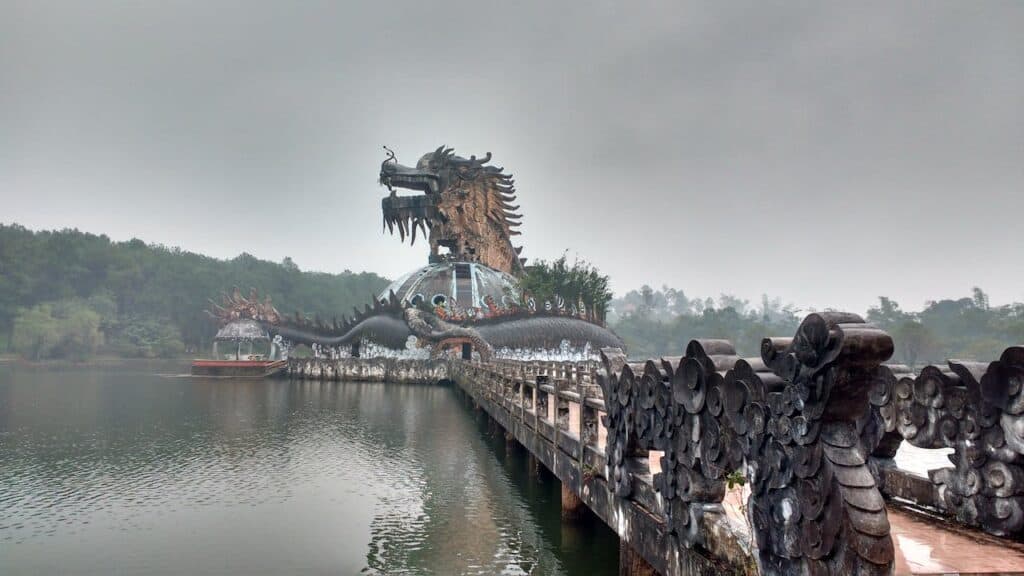
Outside Hue, a dragon aquarium curls over a lake, its glass gone to gaps and its scales to lichen. Slides slip into lotus and shallows, and ticket booths stare across empty car parks as if waiting for a bus that chose another road. Opened in the early 2000s and stalled soon after, the site sees rules vary and enforcement exist. Roadside viewpoints and lake edges are enough; sun on cracked paint does the rest, making a ruin both theatrical and small.
Enchanted Forest, United States
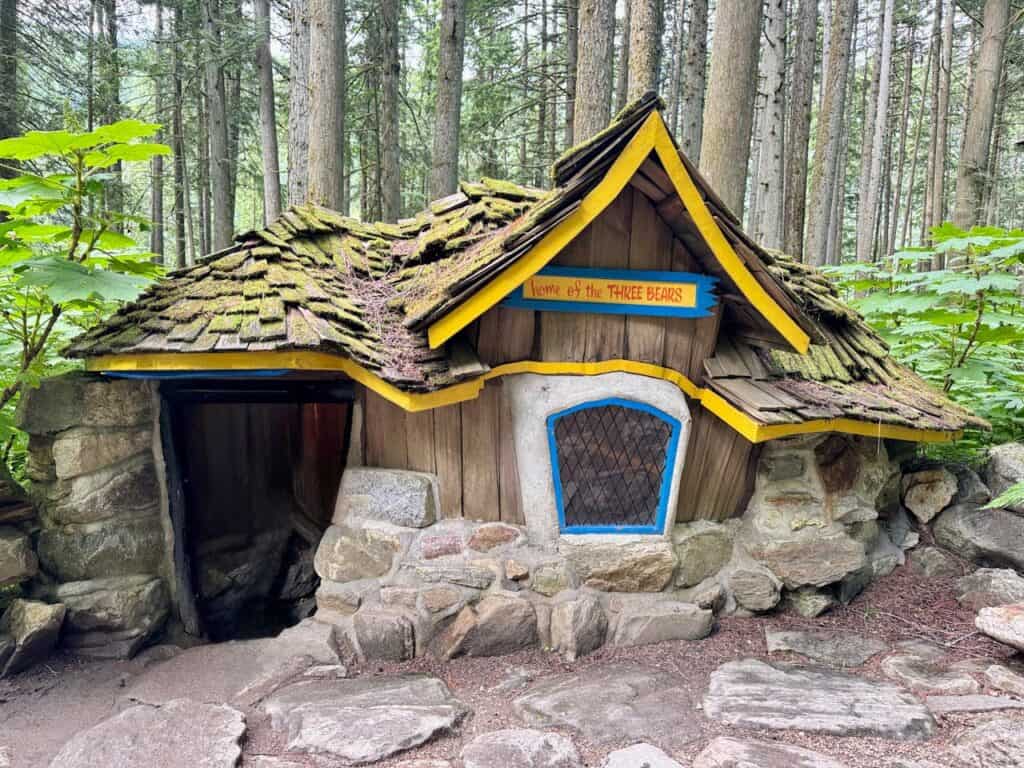
In Rhode Island woods, a family park closed in 2005 and left cottages, a small stage, and a stubborn carousel pad to weather. The place feels handmade, less spectacle than school project, and that scale reads tender from the neighboring road. Portions are private and posted; stewardship matters. Seen lawfully at a distance, the scene becomes a lesson in modest ambition: plywood castles, storybook fences, and the ache of childhood fixtures learning to live without hands.
Fantasy World, Philippines
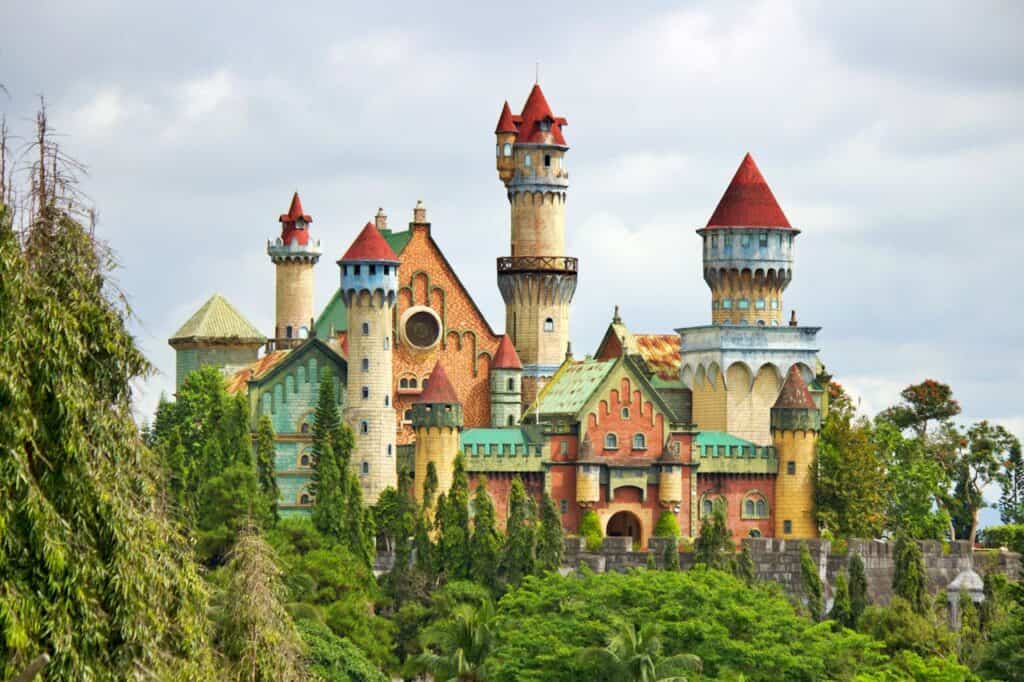
A hilltop castle in Batangas never found its crowds, so towers and walls keep watch over fruit stands and two lane traffic instead. Built as a private estate with big park optics, it shifted to limited photo access and long pauses. From highway pull offs, pastel battlements meet volcanic hills and the effect turns surreal, like a film set between takes. Even unfinished, the geometry works, proof that scale alone does not guarantee a pulse. Rules and hours vary; distance keeps things calm.
Heritage USA, United States
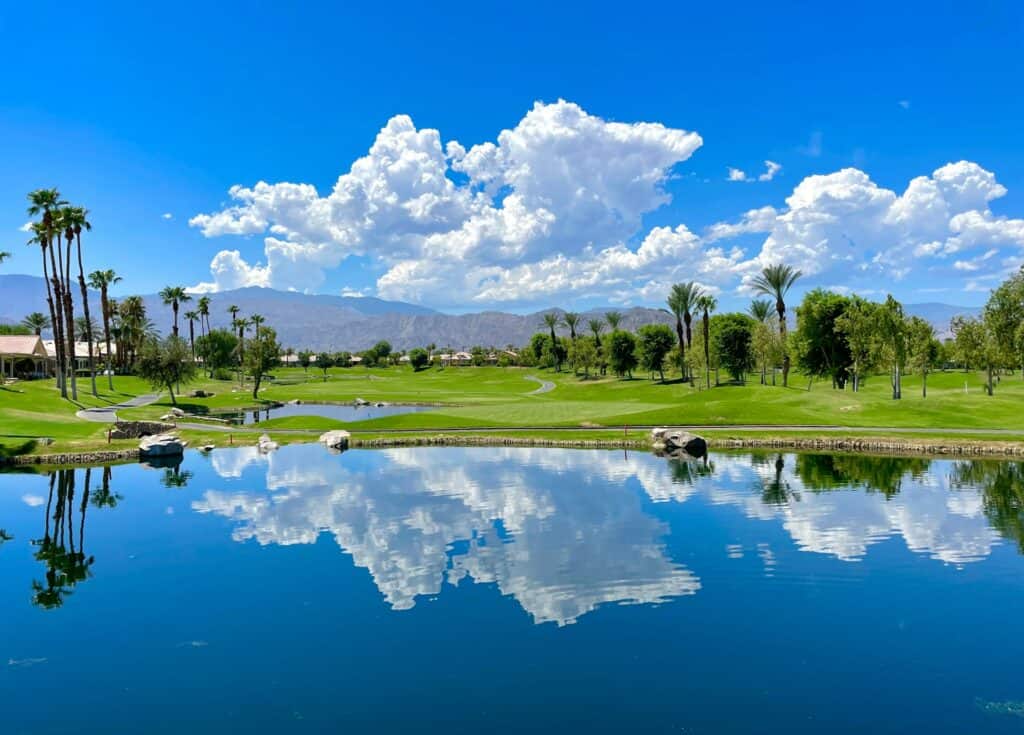
Part theme park, part religious resort, this South Carolina venture collapsed in the late 1980s, then weather and fire took their share. Portions became housing and ministry space, while lagoons and walkways settled into ordinary Southern green. From public roads and nearby lots, fragments line up like footnotes: a bridge here, a light standard there, a plaza that once promised more. Time edits loudly, then politely, leaving syntax that still hints at a larger sentence.